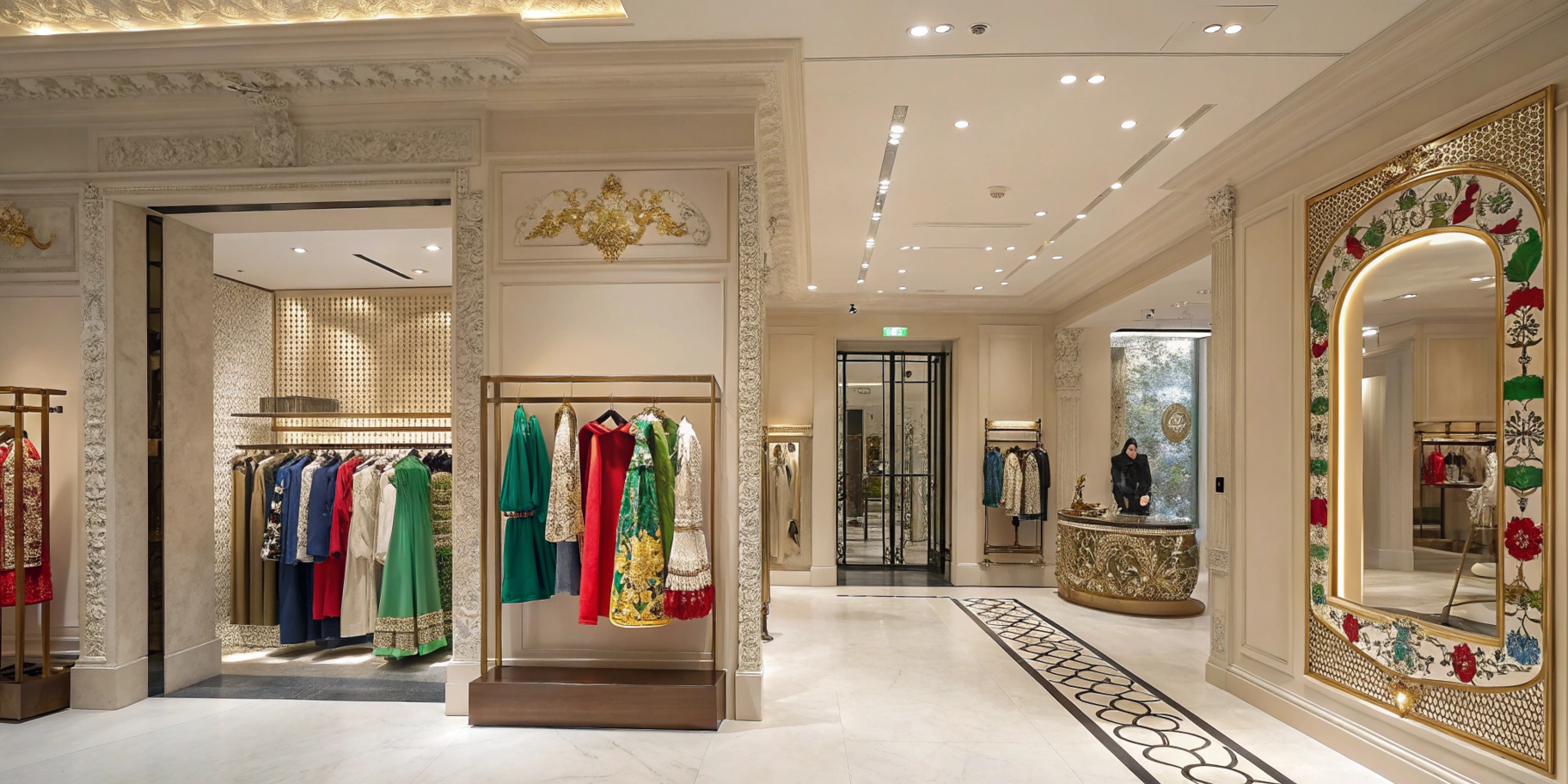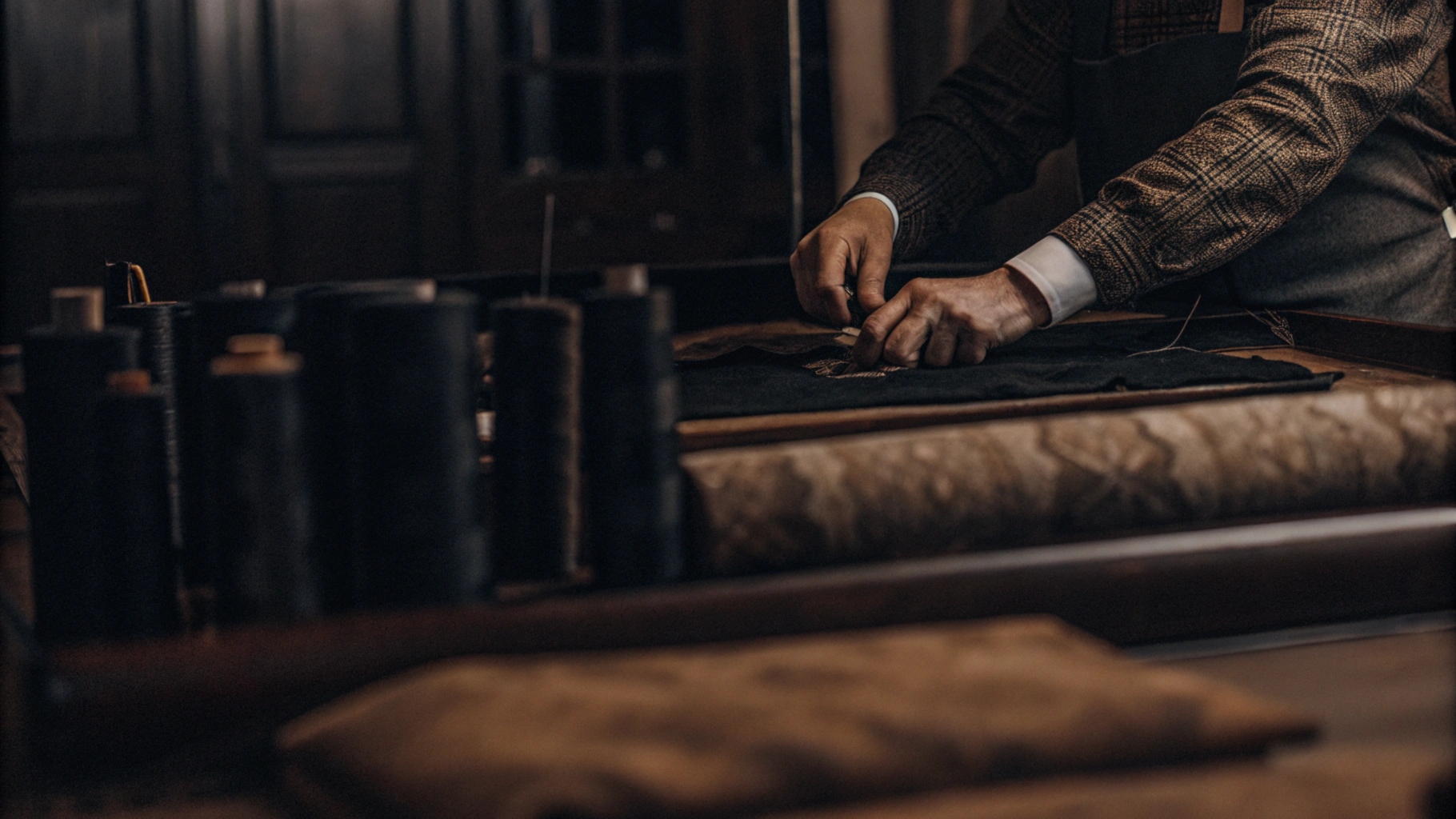The global clothing industry is vast and diverse, making it challenging to determine which country stands out as the best. You might be curious about factors like quality, innovation, and brand reputation when considering the leaders in this sector.
The best clothing industry is often attributed to countries like Italy, France, and the United States, each excelling in different aspects such as luxury brands, quality manufacturing, and innovative design1. These nations have established themselves as powerhouses in the fashion world through a combination of heritage, craftsmanship, and market influence.
When I first explored the global fashion landscape, I was amazed by the unique strengths each country brings to the table.
Which country has the best clothing brands?
Choosing the best clothing brands often depends on what criteria you’re using—whether it’s luxury, sustainability, or trendsetting.
France is renowned for having some of the best clothing brands in the world, including iconic names like Chanel, Louis Vuitton, and Dior2. These brands are celebrated for their timeless elegance, innovative designs, and significant influence on global fashion trends.
Leading French Clothing Brands
| Brand | Notable Features |
|---|---|
| Chanel | Timeless elegance and haute couture |
| Louis Vuitton | Luxury leather goods and fashion |
| Dior | Innovative designs and classic styles |
| Hermès | Exquisite craftsmanship and exclusivity |
France’s dedication to quality and style makes it a top contender for the best clothing brands.
Which country produces the best quality clothes?
Quality in clothing is a multifaceted attribute, encompassing materials, craftsmanship, and attention to detail.
Italy is often considered the country that produces the best quality clothes, thanks to its rich tradition of craftsmanship and high-quality materials3. Italian manufacturers are known for their meticulous attention to detail, superior fabric selection, and enduring designs.
Why Italy Excels in Quality
- Craftsmanship: Skilled artisans create garments with precision.
- Materials: Use of premium fabrics and trims ensures longevity.
- Design Heritage: A long history of fashion innovation contributes to high standards.
Italy’s commitment to excellence makes its clothing highly sought after worldwide.
Which country has the best fabric?
The quality of fabric is a crucial component in the overall excellence of clothing products.
India is renowned for producing some of the best fabrics, including cotton, silk, and wool4. The country’s diverse textile industry offers a wide range of high-quality materials that are used by global fashion brands.
Top Fabrics from India
| Fabric Type | Description |
|---|---|
| Cotton | Soft, breathable, and versatile for various garments |
| Silk | Luxurious, smooth, and highly durable |
| Wool | Warm, resilient, and ideal for winter clothing |
| Handwoven Textiles | Intricate patterns and traditional techniques |
India’s expertise in textile production ensures a steady supply of premium fabrics for the fashion industry.
Which country product quality is best?
Assessing product quality involves looking at various factors, including materials, manufacturing processes, and brand reputation.
Germany is often recognized for having the best product quality in clothing manufacturing, particularly in technical and performance apparel5. German brands are known for their durability, functionality, and precise engineering, making them leaders in sectors like sportswear and outdoor clothing.
Attributes of German Clothing Quality
- Durability: Long-lasting garments that withstand wear and tear.
- Functionality: Designed for specific uses with practical features.
- Precision: High standards in manufacturing processes ensure consistency.
Germany’s focus on engineering and quality control sets it apart in the clothing industry.
Conclusion
Determining the best country in the clothing industry depends on the specific aspects you value, such as luxury brands, fabric quality, or manufacturing precision. Countries like France, Italy, India, and Germany each excel in different areas, contributing to a dynamic and competitive global fashion landscape. Understanding these strengths can help you appreciate the diverse qualities that make each nation a leader in the clothing industry.








